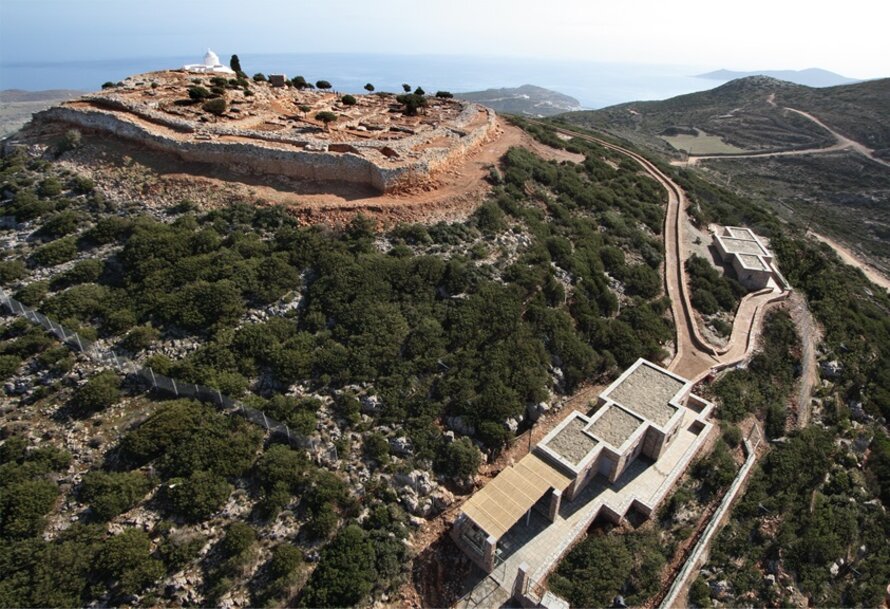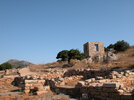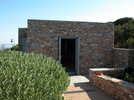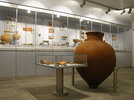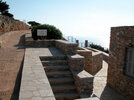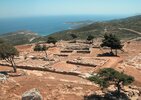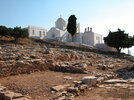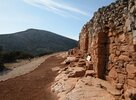The Ancient Citadel at Aghios Andreas, Sifnos
The monumental Mycenaean citadel at Aghios Andreas is the first organized visitable archaeological site on the island of Siphnos. The strongly fortified citadel, founded in the thirteenth century BC in a dominant and strategic position, is located at the top of Aghios Andreas ...
Read more
Project details
| Title: | The Ancient Citadel at Aghios Andreas, Sifnos |
|---|---|
| Entr. year: | 2012 |
| Result: | Award |
| Country: | Greece |
| Town: | Sifnos |
| Category type: | archaeological sites |
| Building type/ Project type: | Military/Defence/Fortified building/system |
| Former use: | Citadel |
| Actual use: | Cultural attraction |
| Built: | 13th-11th c.BC and 8th-6th c.BC |
| The Jury's citation: | "The archaeological conservation project at Aghios Andreas has been awarded as an excellent example of display and enhancement of archaeological remains, fully excavated but neglected and incomprehensible to the visitor. Through the implementation of the project a well-organized archaeological site has been created, with antiquities well preserved and accessible to the wider public. The site provides valuable information on the life, beliefs and activities of the inhabitants of an important settlement of the Aegean Sea, one of the cradles of European civilization, during the Mycenaean (13th-11th c.BC) and the successive Geometric and Archaic (8th-6th c.BC) periods." |
| GPS: | 36°57'15,6" N; 24°43'18,8" E |
Description:
The monumental Mycenaean citadel at Aghios Andreas is the first organized visitable archaeological site on the island of Siphnos. The strongly fortified citadel, founded in the thirteenth century BC in a dominant and strategic position, is located at the top of Aghios Andreas hill. The fortification is a particularly sophisticated and complex system of defensive architecture, a work of inspired engineers and so far unique in the prehistoric Aegean. Excavations in 1898 and 1970-1980 brought to light parts of the wall and some buildings. In the late 1990s the site reverted into woodland and the ancient ruins were barely discernible. In the course of the project, the greater part of the citadel was uncovered, both the Mycenaean wall and the dense urban tissue with the large sanctuary, buildings, streets, as well as an abundance of moveable finds. The final objective of the project was to create a fully organized archaeological site with works for the protection and enhancement of the antiquities, and infrastructure for visitors: fencing and entrances, guardhouses, consolidation of ruins, exhibition room, visitor paths, access for handicapped people, with information panels and places to rest, water supply, electricity supply, fire protection, WC, etc. The aforementioned constructions and interventions were designed and executed in harmony with the hill's natural environment, particularly the vegetation (dense scrub of a species of low cedar).
Similar projects
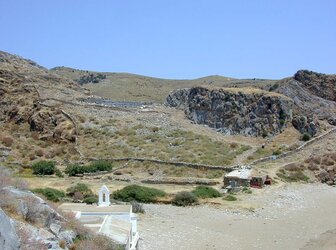
530-288 BC
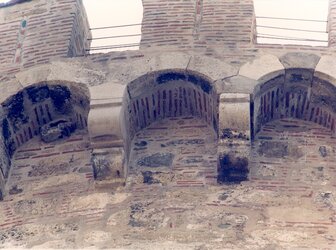
16th century

19th century
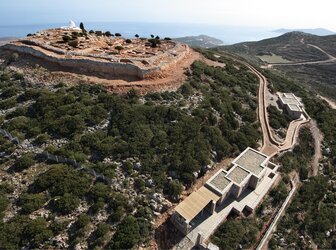
13th-11th c.BC and 8th-6th c.BC
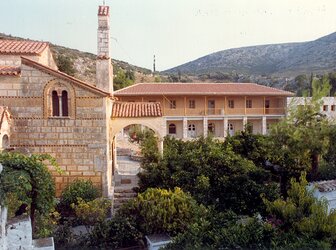
20 century
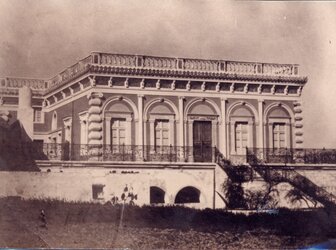
19th century
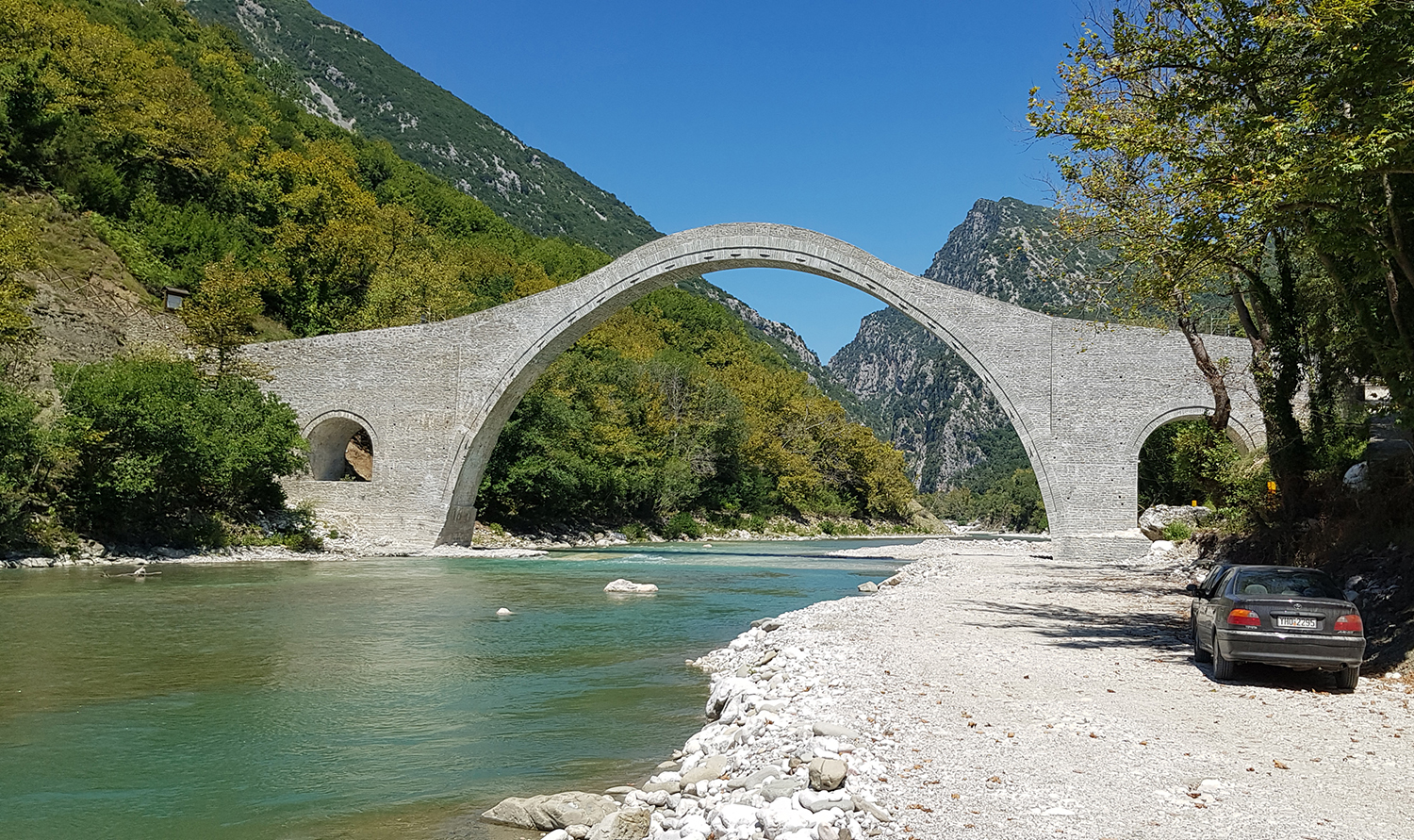
1866
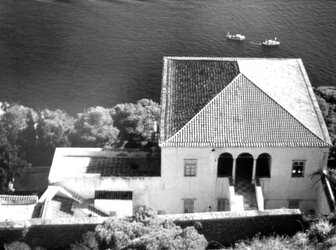
19th century

Middle Ages
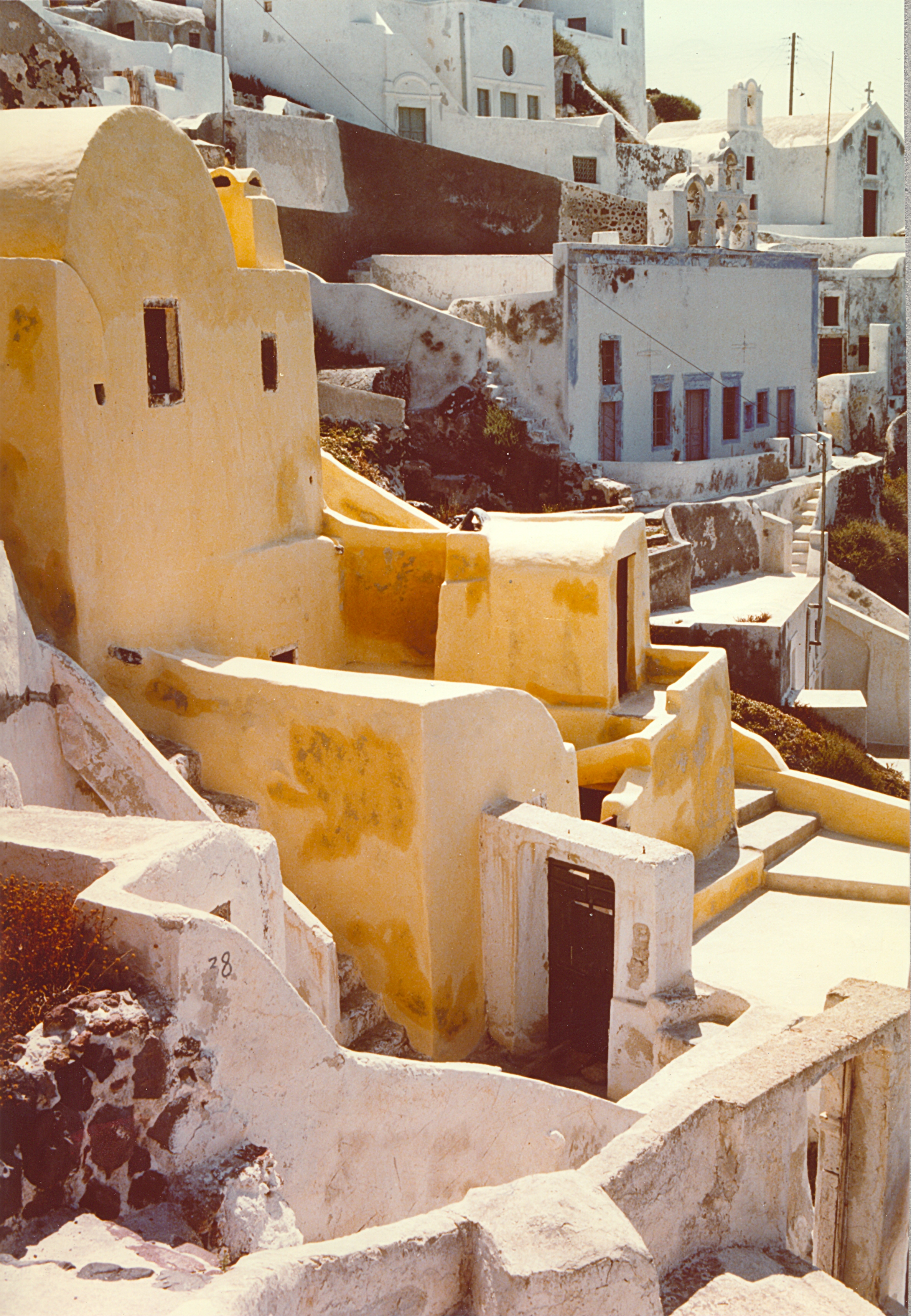
15th-16th century
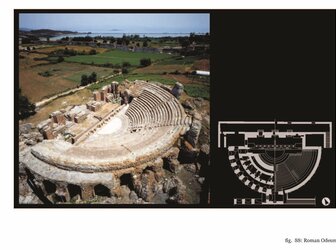
31 BC

early 17th century
